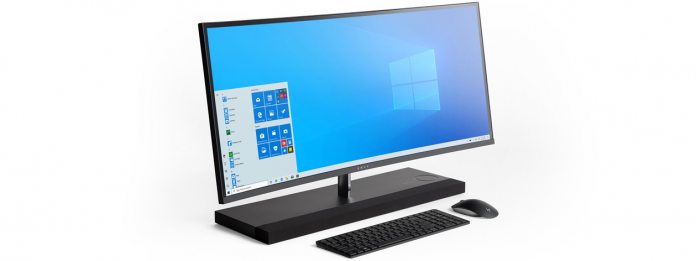It seems this problem occurs when a device is woken from a sleep. It affects some wireless wide area network (WWAN) LTE modems. This problem has been persistent on Windows 10 versions 1903 and 1909 since earlier this year. As a result, Microsoft says users with affected modems on this Windows builds cannot update to Windows 10 version 2004: “After waking from sleep or hibernation, certain WWAN LTE modems might show no internet in the Network Connectivity Status Indicator (NCSI) in the notification area and might be unable to connect to the internet,” Microsoft says on its update health dashboard. “To safeguard your update experience, we have applied a compatibility hold on Windows 10 devices with affected WWAN LTE modems drivers installed from being offered Windows 10, version 2004 until the issue has been resolved.”
What to Do
Windows 10 version 2004 has been available since May, meaning it is now three months old. Of course, some users with affected modems may have already installed the update. Microsoft says these users can workaround the issue. To do this, enable and then disable Airplane mode through Settings, Windows Search, or the Windows taskbar. Whenever a new Windows 10 version is sent out, some early teething problems are obvious. Microsoft is rolling out a mass update to hundreds of millions of devices. That’s why many advise ignoring new Windows updates until the company stabilizes the build. Still, it is poor that we are three months into Windows 10 version 2004 and these kinds of issues persist.




